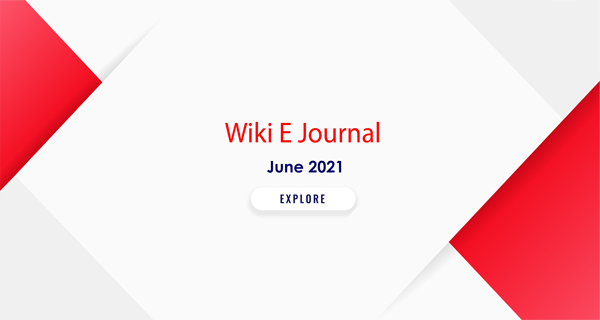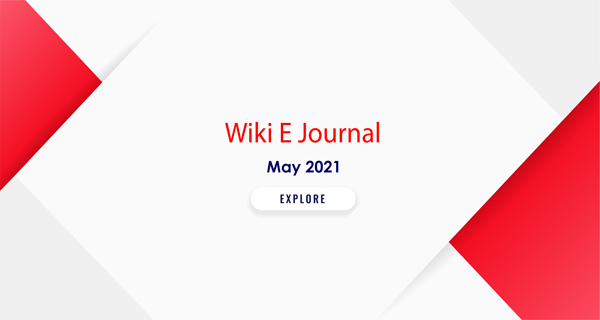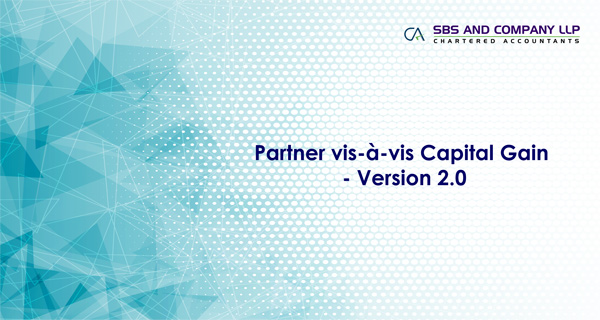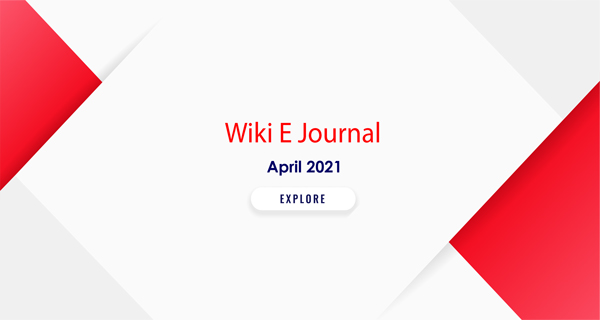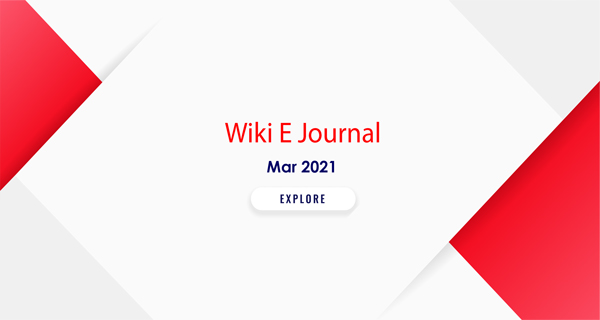In this edition, we bring you, the second part of article on the most complicated issues in direct taxation, dealing with taxation in cases where there is a change in partnership firms and other specified entities. The said issue gets complicated when the firm tries to settle the partner with a capital asset or stock in trade or money or in a combination thereof. In the earlier part, we have introduced the amendments made qua Finance Act, 2021 to the said provisions. In this edition, we deal with the case studies surrounding the said aspect. We request you to read the same and share your views and feedback. We would have definitely missed one or other points, considering the vastness of the topic. We would be glad to cover the same in next editions.
The next article is another compliance under withholding obligations introduced vide Section 194Q. The said provision has assumed significance since the same is made effective from 1st July 2021. A similar provision introduced on seller vide Section 206C(1H) in last year budget, also added confusion, when the Section 194Q came into play. Further, the deduction of tax at higher rate, in case of specified persons also coming into effective from 1st July 2021, made it hard for the tax payers to accept and digest. We have come with a detailed article covering all the issues mentioned above.
I hope that you will have good time reading this edition and please do share your feedback. I will also urge clients to mail us topics or issues on which you want us to deliberate in our future editions, so that we can contribute to the same.
Key Topics:
DIRECT TAXATION
DIRECT TAX


